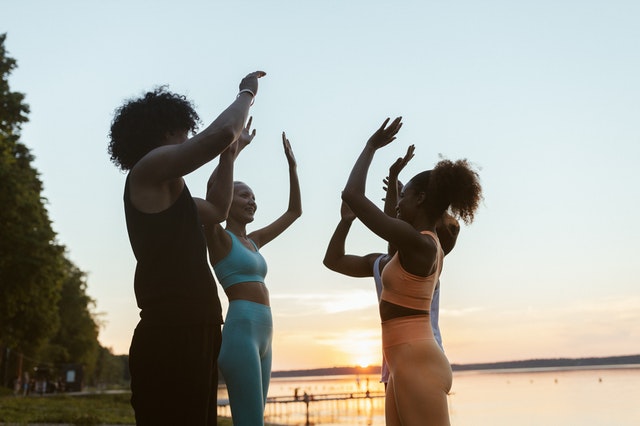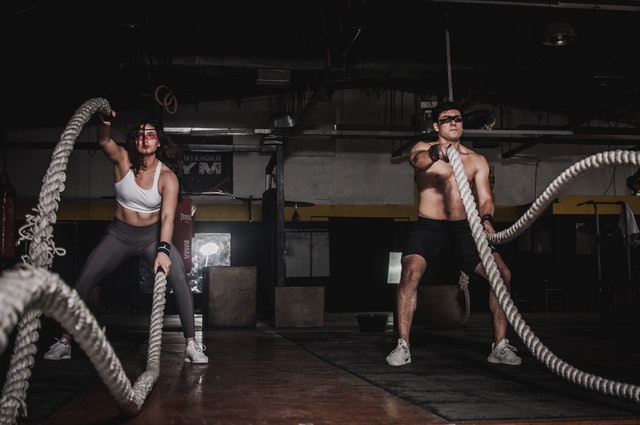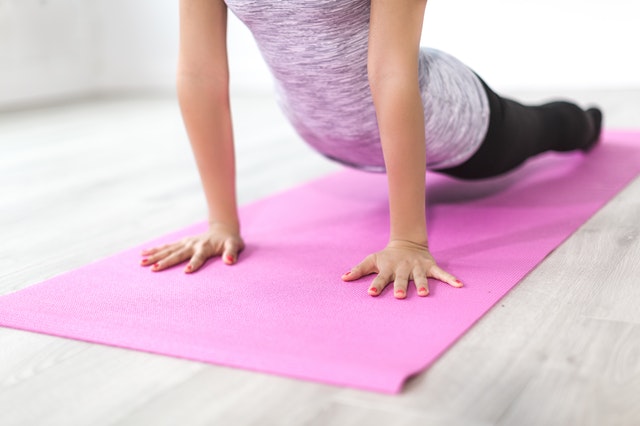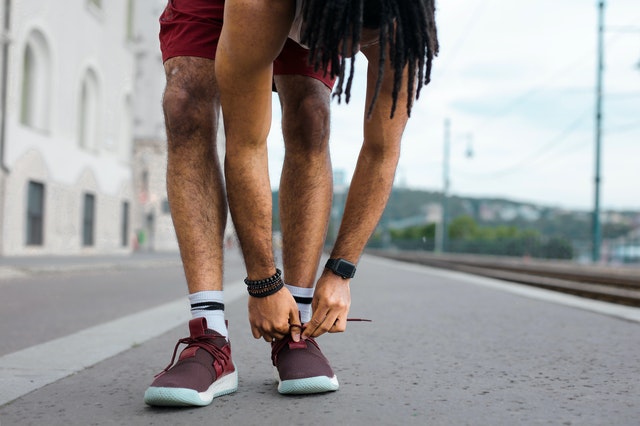If you're looking for a way to reach your fitness goals and have a lot of fun along the way, you should find a fitness buddy. This can be a friend, family member or partner. You won't believe how many benefits it can have on your workouts.
1. Stay Motivated

When you have a fitness buddy, both you and your buddy can encourage each other to reach your goals. This keeps you motivated long term.
We all need someone to tell us that they’re proud of us from time to time. It feels really good when your friend tells you they can start to see those sculped abs peeking out.
2. Push Yourself Harder

You may notice your exercise buddy's legs, glutes or abs and think “I wish I looked like that.” They’re going to gaze upon your toned arms and think the same. Far from being a bad thing, a little friendly competition pushes you to reach your goals more quickly.
One study from Kansas State University found that people who worked out with a partner who was fitter than them exercised up to 200% longer and harder than someone working out alone. That’s almost triple the calories burned!
3. Have More Fun

The main reason I love having a workout buddy is that it’s more fun. Going to the gym with a friend is like spending time together at a coffee shop, except with tank tops and fitness watches. You can laugh, joke around, talk about the weather or gossip (gasp!) — all while lifting weights or cycling.
4. Stick To Your Exercise Commitment

You know your buddy is counting on you. This gives you another reason to push yourself. It’s a lot harder to hit the snooze button in the morning when you know a friend is waiting for you at the park.
5. Get Better Results

A workout buddy can improve your exercise performance and results. The other person can see things you can’t. They can correct positioning errors and help you avoid hurting yourself.
A classic example is pushups. From your point of view, you’re acing them! That’s when your workout buddy tells you your butt is jutting out and you’re not actually doing a pushup. With some good-natured nudging, you’re going to burn way more calories.
6. Watch Time Fly

When you exercise alone, your mind is completely focused on the burn. You feel all the aches, you count every sit-up and you have way too much free time to think. It’s so boring!
Things are different when you hang out with your workout buddy. Those 30–45 minutes zip by and you have a blast.
7. Mix Business and Pleasure

Couples can enjoy an added benefit when working out together. Some studies suggest that all the sweating and adrenaline and closeness can lead to more romance. Whether it’s just a quick smooch or something a little more playful, this relaxing time together is good for your heart on many levels.
Choose a Workout Buddy You Like Spending Time With

The best workout buddy is someone positive that makes you feel comfortable and happy. You can tell you made the right choice if you look forward to your sessions together.
Can't find a suitable human just yet? An energetic dog can also be an exercise buddy!





















